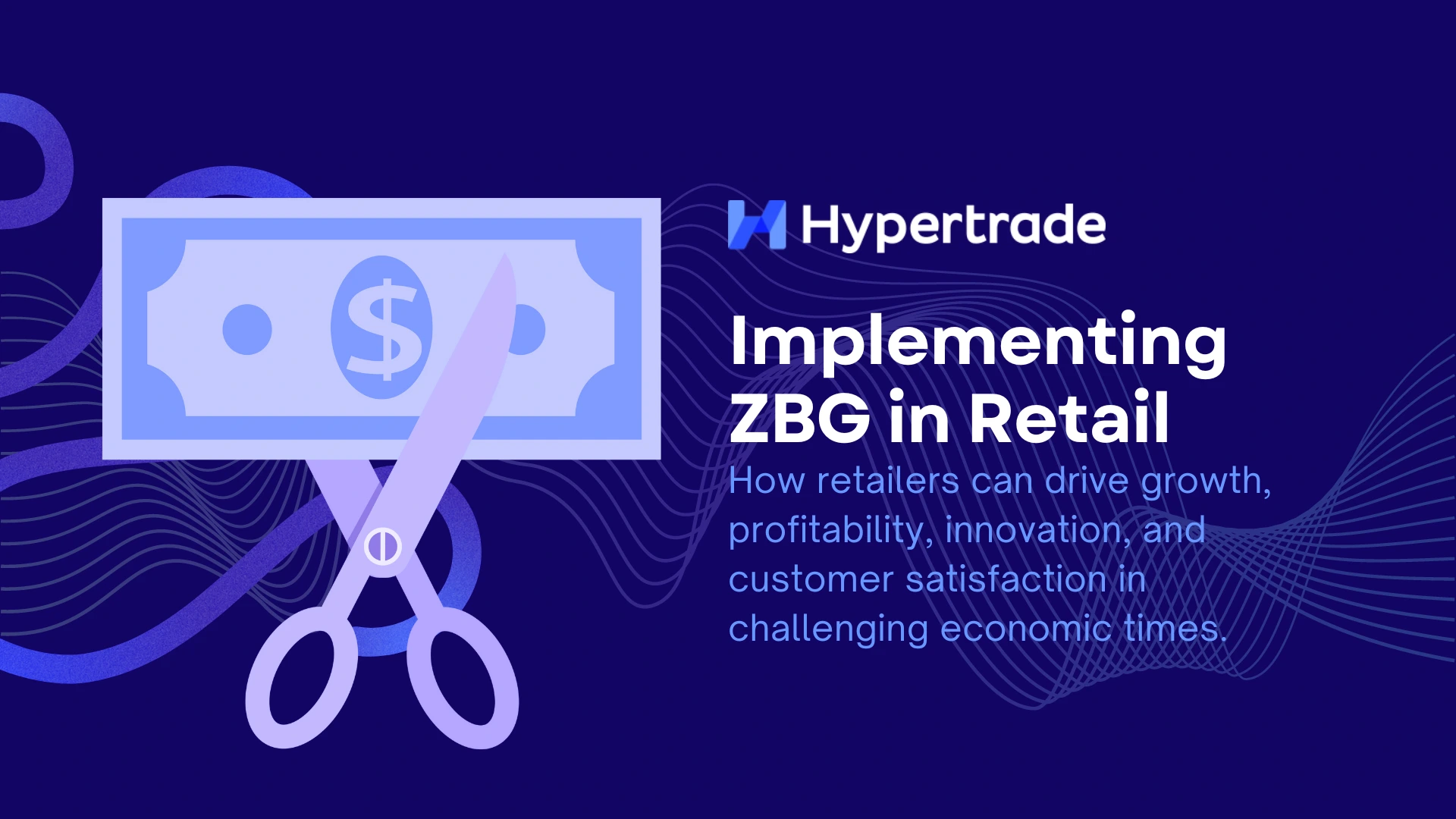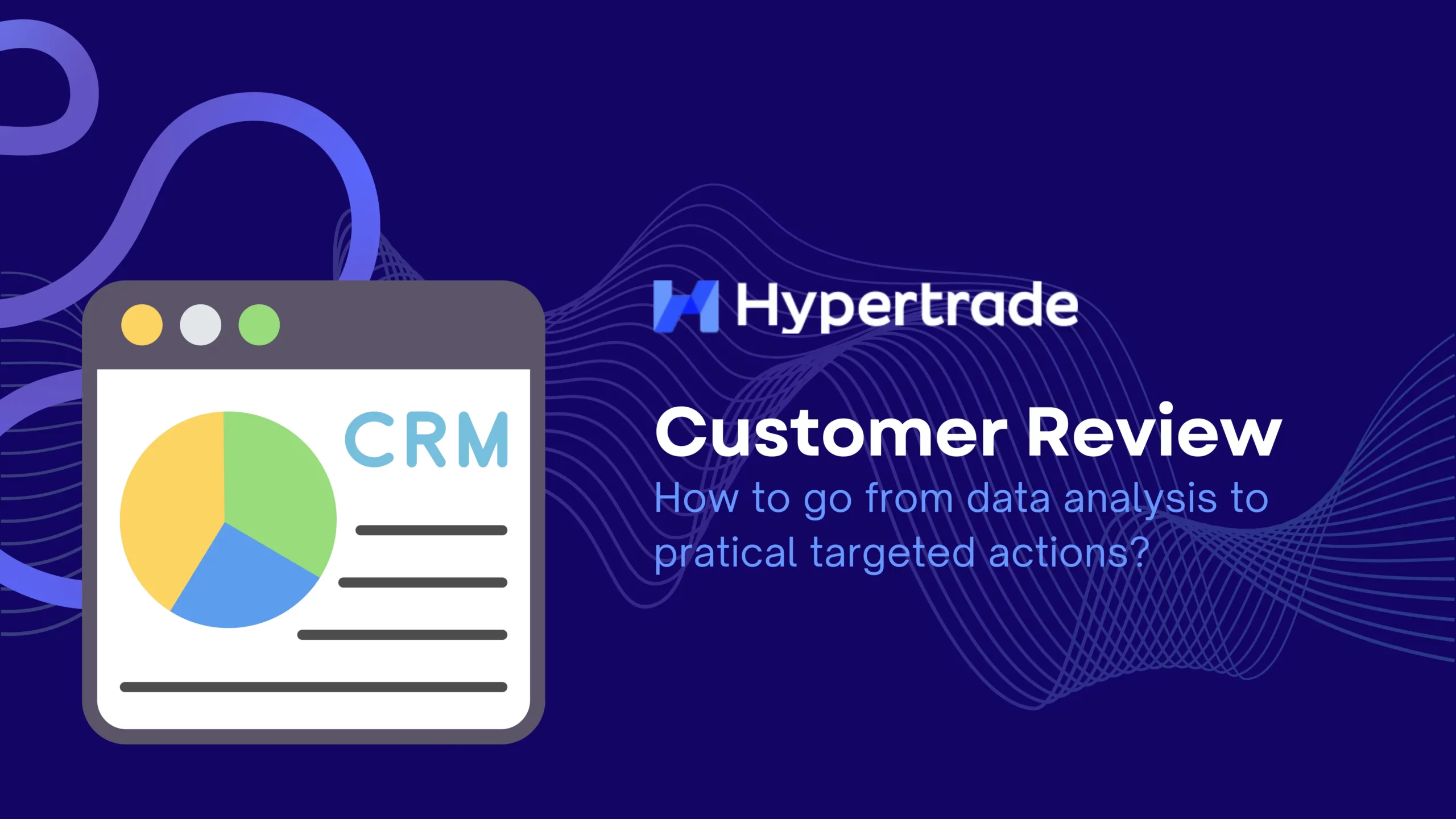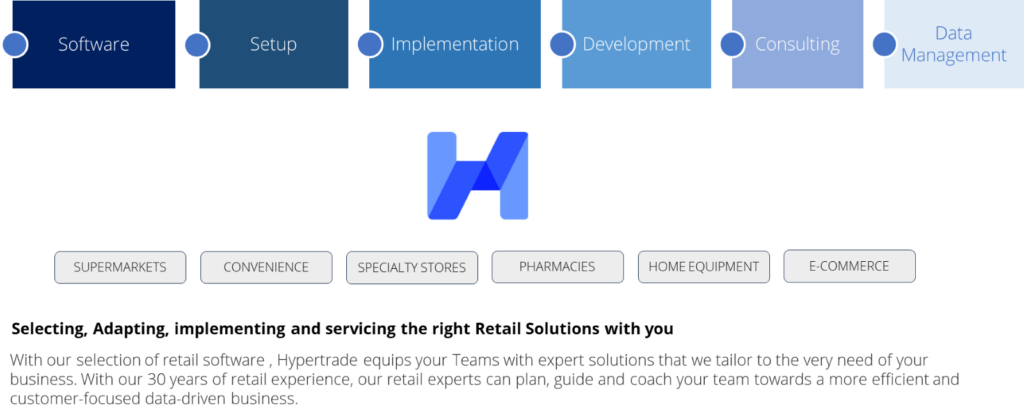Category Review (CR) is the unique opportunity to improve the Commercial Offer of the category for Shoppers. If our Commercial Offer is improved, Business Performances will follow:
- More penetration leading to more sales
- Increased basket through improved assortment
- Strengthened Higher Sales & margin Mix leading to more profitability
- Higher product rotation leading to lower stock and improve Cashflow
It presents a challenge though: the analytics take quite some time, and the schedule is hard to embed. And many times, the Category review becomes another reporting, and another presentation. And not so much action, nor execution .
One of our client, aware of the benefits and the challenges, asked us to automate the category reviews so the machine can do all the crunching and Teams have more time to make choices and execute them. Here is what we did.
Step 1: Solidify the output
In addition to the usual Category Performances, a category review can quickly become complicated. Our client wanted it practical and efficient
So, the first thing we did was to define what are the actions our Clients Teams wanted to be able to execute. We finally narrowed down the output to 5 type of actions that would have direct impact on the category performances
- Which Items do I consider for de listing or for boosting sales with supplier support?
- Which items do I need consider for reviewing Selling price or purchase Conditions?
- Which Item do I need to consider for stock adjustments (order review or clearance)
- Which items do I consider for increased distribution?
- Which Brands do I consider supporting more actively or
- which Brands needs to have their range reviewed
Step 2: Define the possible actions for each out
It sounds obvious: what actions do we want the machine to suggest to the merchandiser for which output.
In practice, it was the opportunity to review the execution process.
Step 3: Define the business rules for each action
Whether we are talking about the assortment evolution, its distribution across stores or margin improvement, each of the 5 actions need to have clear business rule: triggers conditions and actions directions.
As many categories have their own behaviors, we also had to make sure that business rules were build in such a way that they could adapt to most of them.
So, we built several conditional models (if, and, or, then) for each action. We then tested the formulas over 10’s of categories to fine tune them.
Step 4: Establish the decision making process & monitoring
Now the Merchandisers were equipped with a document for each category, comparing the Year To Year performances and suggesting them what to do to improve the performances across 5 Types of Action. Merchandisers had finally time to weight their options. We then worked with Senior Management and Teams to create a Weekly Schedule for a 90 minutes working sessions. During these session, Merchandisers have 20 minutes to present their category
performances and decisions And each first 5 are allocated to the review the performances improvements of the categories reviewed last month. The relevance of each decision can be measured on the Client’s TRF Retail solution for Merchandising Automation.
Step 5: Execution
Our client already had an execution process, from the validation to store execution though the ERP landing. Here again, it was a good opportunity to review how that process could be improved. By doing this, and since the Decision Making was already established, Client’s Teams could identify a few steps in the existing process that were not useful anymore, and leveraged technology to accelerate the speed to market.
What about the result
Time
The first easily measurable result is time: 80 category reviews are automatically generated monthly in 15 minutes during the night. We estimates it saves around 6 hours by category review, so we are talking here about 480 hours, or 60 man/days per month. In practice, all the 80 categories are not reviewed every month: the review follows a weekly and monthly schedule.
Category Performances
The category review is obviously not the sole factor of a category’s performance. Supply Chain and Operations both play a major role too.
For the categories that have been reviewed so far,
- Sales growth averages over 9%
- Margin rate growth averages +0.5%
- Stock Decrease averages 7.3
Our Client is using TRF Retail for Merchandising automation and HPT Ariane for its Retail Expert BI.







